Hyundai Ioniq 6 Review: Boring To Drive, But Not Boring To Live With
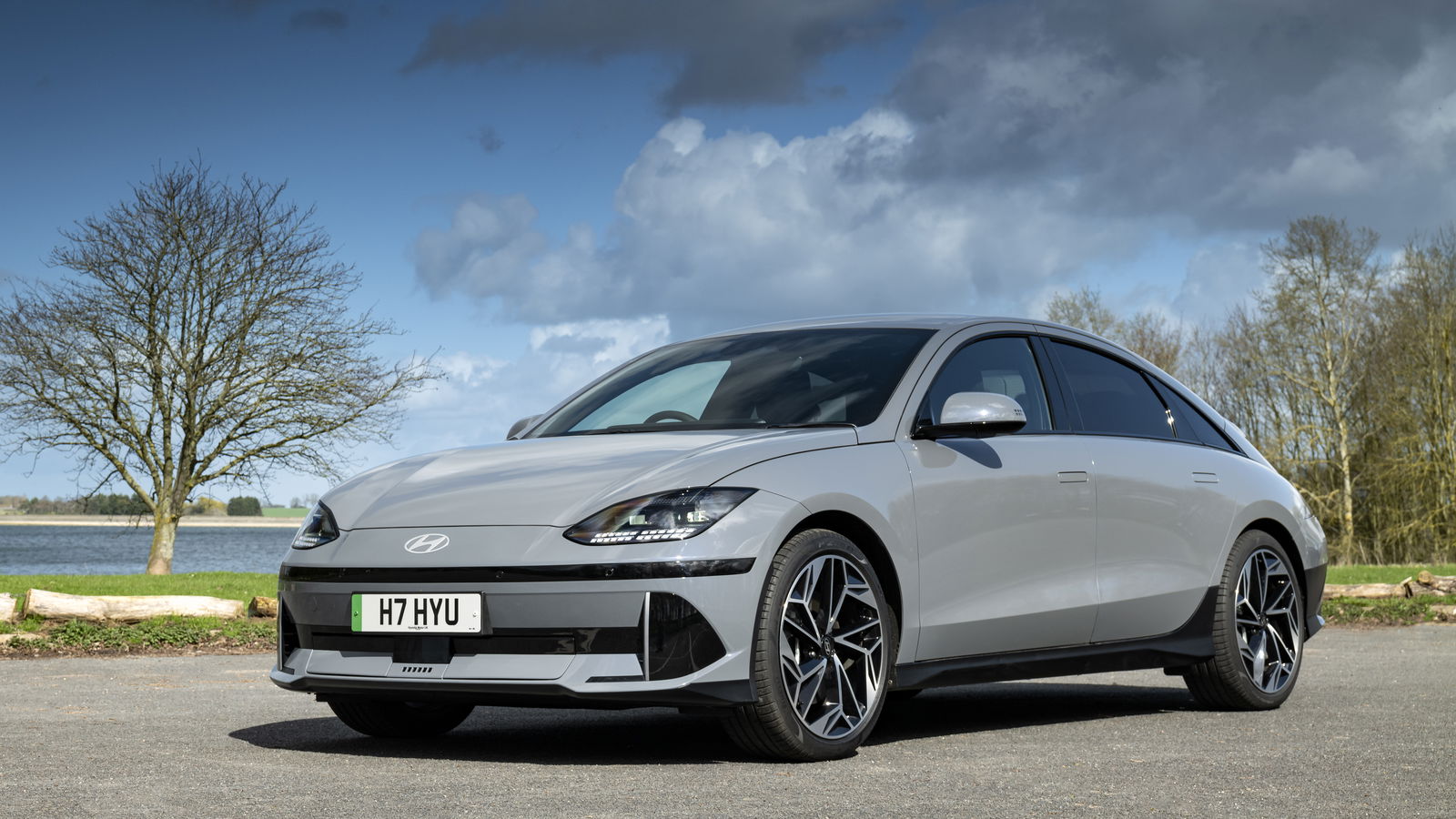
Pros
- Genuine stand-out looksLogical interior with some neat quirks
Cons
- Typically EV numbness to the way it drivesCamera wing mirrors are not the future we need
Electric cars, on the whole, are a bit dull. That’s just the reality of it and, I presume to this particular audience, a sentiment we can mostly agree with. Mechanically, there’s not a lot you can do to change that fact. It’s the imperfect, analogue nature of an internal combustion engine that gives them character, meanwhile, the digital on-or-off electric motor can simply never replicate that.
Car manufacturers know this, and it’s why so many EVs lean on huge performance figures or all manners of weird quirks to get people interested in them. Depending on how you quantify success, some are more effective than others at this. For example, as fun, as Tesla-bashing can be, you have to lend some credit to its ability to have wowed the masses with feature-laden infotainment systems and supercar-haunting drag strip abilities.
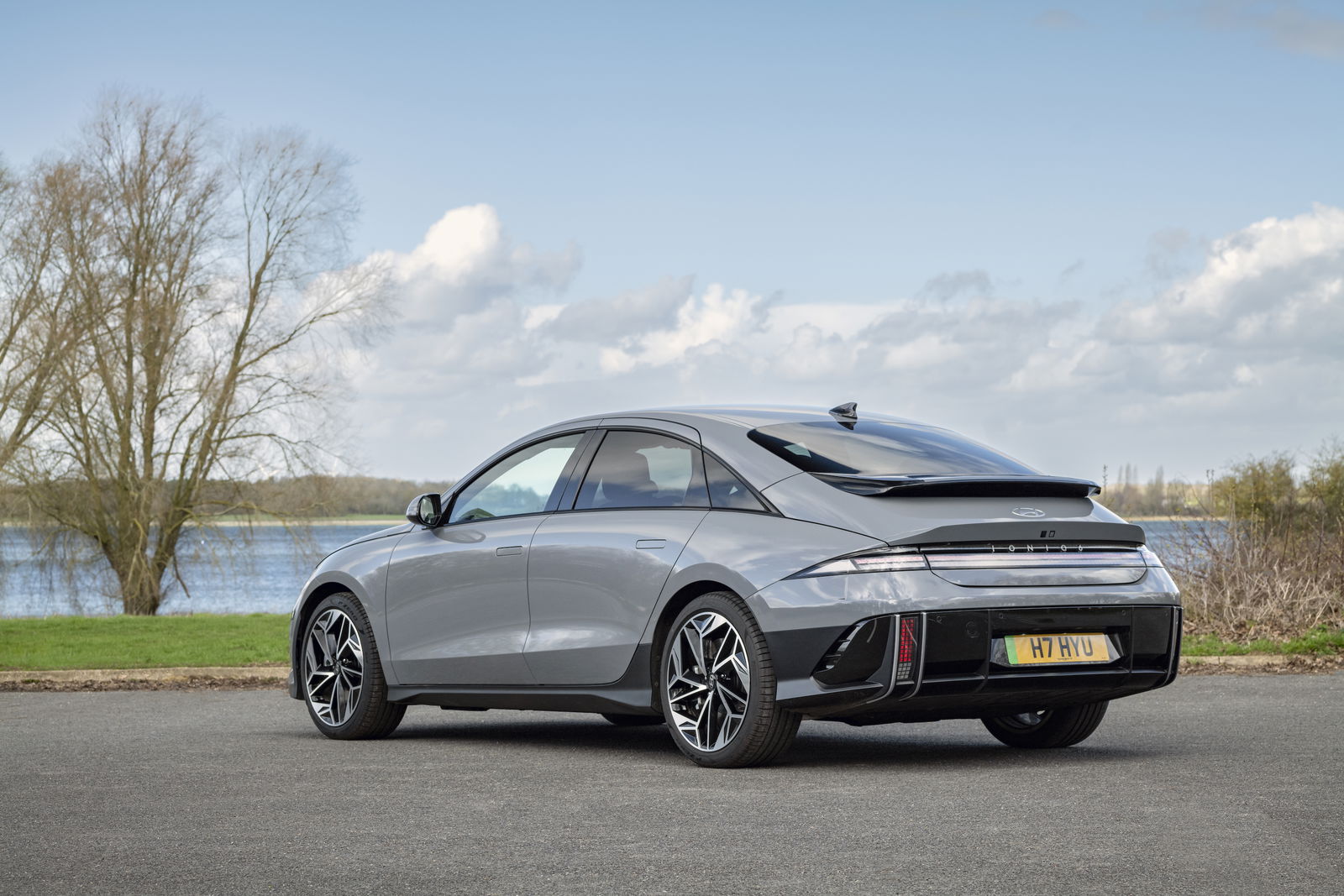
At least in the case of its saloons, It’s perhaps surprising then that most Western manufacturers don’t try to capture the masses with bonkers designs. Of course, there’s an element of aerodynamic efficiency to consider, but it’s hard to believe some more audacious looks may help get the masses on board - and it’s something a lot of Chinese brands are trying too. Perhaps less expected, it’s an angle Hyundai has taken with the Ioniq 6.
The easy, presumably cost-effective route could’ve been a cookie-cutter approach that gave it an identity mimicking that of the (very successful) Ioniq 5. But not, instead it opted to give its electric saloon a look of its own - and what a great call that was.
If you can remember 2020, and the Hyundai Prophecy concept, it’ll ring a few bells. That pre-cursor to this saloon has carried over surprisingly well. Inevitably, it’s been softened presumably for homologation and cost reasons - and having seen both in person, the overall wow factor isn’t quite the same in production - however, it’s undoubtedly head-turning.
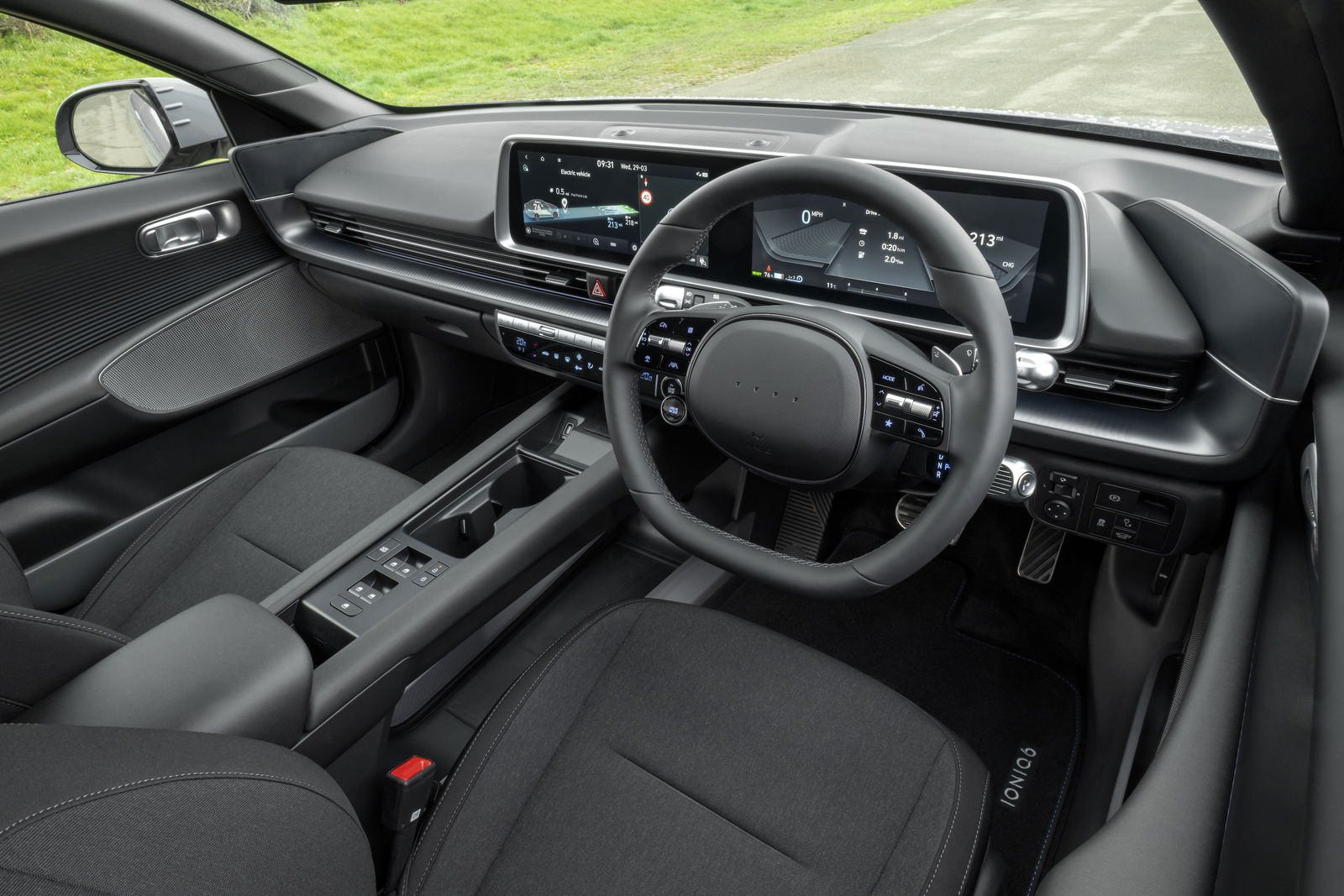
You get an appreciation for the little details. Hyundai’s relentless push to give a cyberpunk vibe to its Ioniq range means pixels everywhere, more obviously seen in the taillights but carrying over to well-thought sensor housings on the front bumper and even for the rear camera and boot release. Love and appreciation have clearly gone into it, which isn’t something you can say for many EVs.
The interior is unlike a lot of other EVs I’ve driven but in the opposite way of being very conventional. There’s no chase for minimalism, moving every conceivable function within one huge screen. There are proper shortcut buttons to control the maps and radio, and climate control exists separately from the infotainment system. There are a few odd quirks, namely the window switches being placed within the centre console rather than on the door panels - something new to me outside of a Fiat 500.
Spot the absence of any Hyundai branding, either. Four LED pixels adorn the steering wheel instead, and they’ll light up to indicate your drive mode, charging status and even when the car is responding to voice commands.
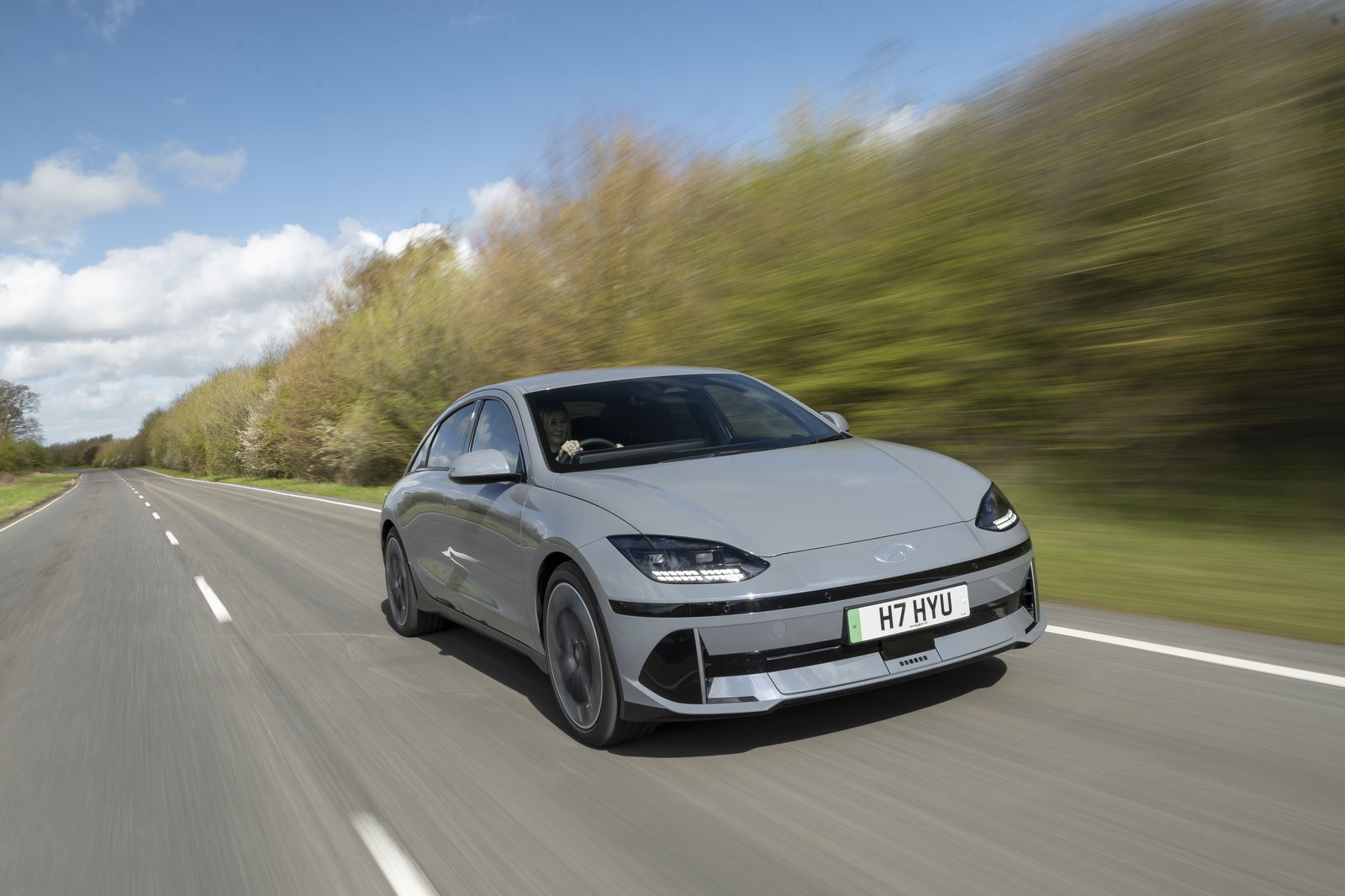
There are still the token big screens, here measuring 12.3 inches each for the central infotainment and digital driver’s display. In my time with the car, I had no gripes - no glitches, navigating through menus is easy and there’s generally little faffing about. Of course, it’ll work with Android Auto and Apple CarPlay if you’d rather connect your phone and with zero complaints.
Being an EV, we need to talk about efficiency too. Never an exciting topic, yet still probably the most important of all. In the case of the Ioniq 6, its 77.4kWh (total capacity, about 74kWh useable) battery is quoted as returning 322 miles in the dual-motor version I’m driving.
Without enough time behind the wheel to do a true range test, I can’t say with authority what the real-world figure would be but an average of 3.3mi/kWh indicated by the car would suggest around 245 miles in reality. Not incredible, but not bad, either.
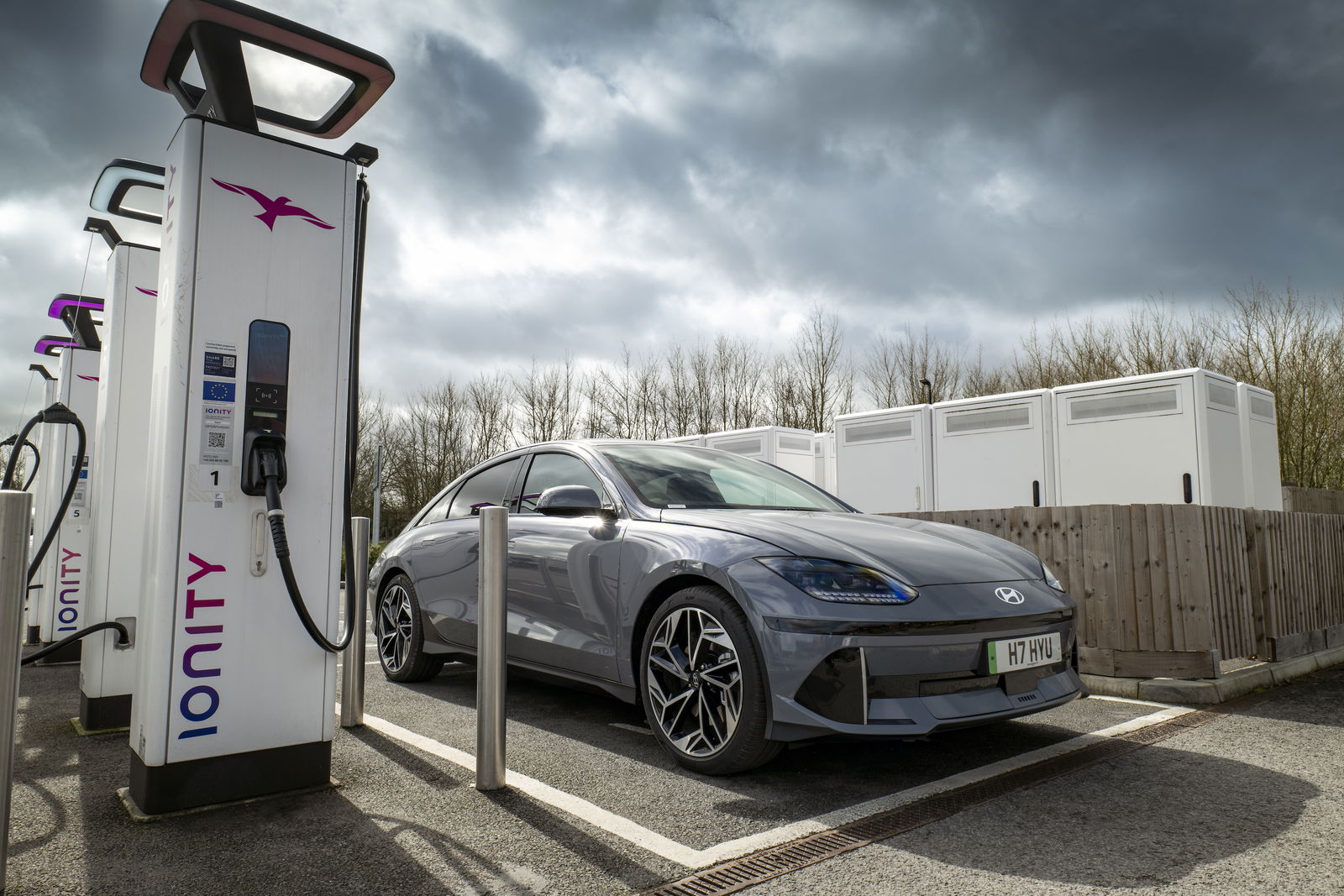
That dual-motor setup is quite potent, too. With 321bhp and a 5.1 second 0-62mph time, it’s not going to be hunting down Tesla Model 3 Performances with any real intent, yet it’s enough to have the typically flat-out from a standstill fun that EVs can offer.
Beyond that, there’s little else exciting about the way the Ioniq 6 drives, though. Steering is a bit numb, acceleration tapers off notably once you’re beyond 50mph and it doesn’t make much of an effort to hide its weight - all two tonnes of it.
Realistically, though, that doesn’t matter. What matters is that it’s serene around town and rides nicely over potholes. There’s the usual tech to take a hint of boredom out of motorway driving with adaptive cruise control and adaptive cruise control, yet it all actually works.
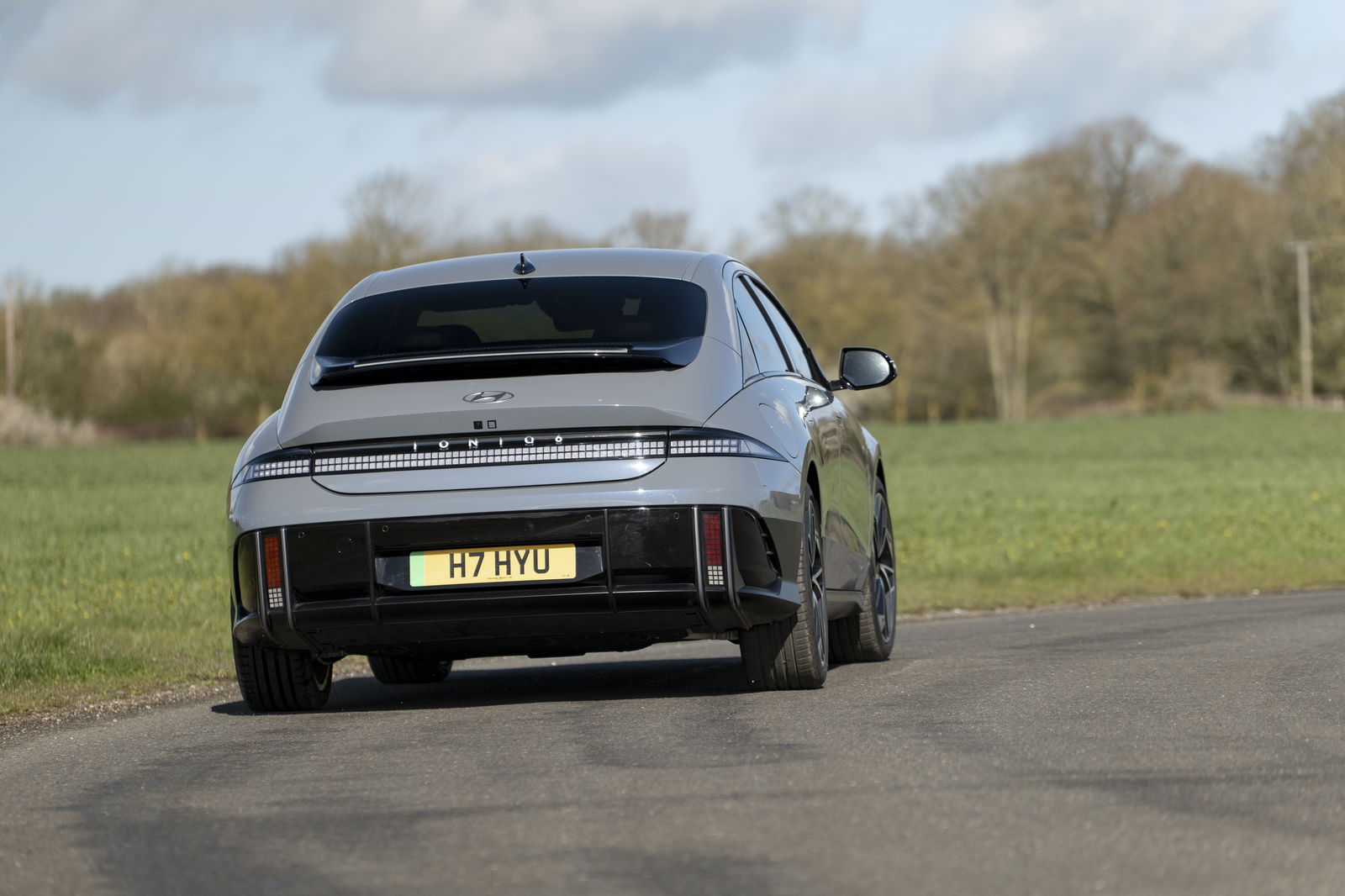
I do however have a gripe with digital wing mirrors. There’s an inherent lack of depth perception and you lose that ability to naturally look at different angles as you can with a good old bit of glass, which is a small thing you never think about until suddenly you’re not there. Fortunately, you can have the old-fashioned tech on the Ioniq 6 if you wish.
Perhaps doing that takes away a bit of the charm of the car though, a saloon that’s supposed to look quirky, feel quirky and stand out enough on those characteristics without chasing performance numbers or a naive attempt to make a fun-driving EV.
Starting at £47,040 and eclipsing £50,000 in top-spec Ultimate, it’s not the cheapest out there, coming in toe-to-toe pretty much with a Tesla Model 3 once you’ve specced the Autopilot stuff (which you will). The Tesla might have the Hyundai beat on paper, but it’s certainly a less interesting car.
Boring to drive? Yes. Boring to live with? I suspect less so.
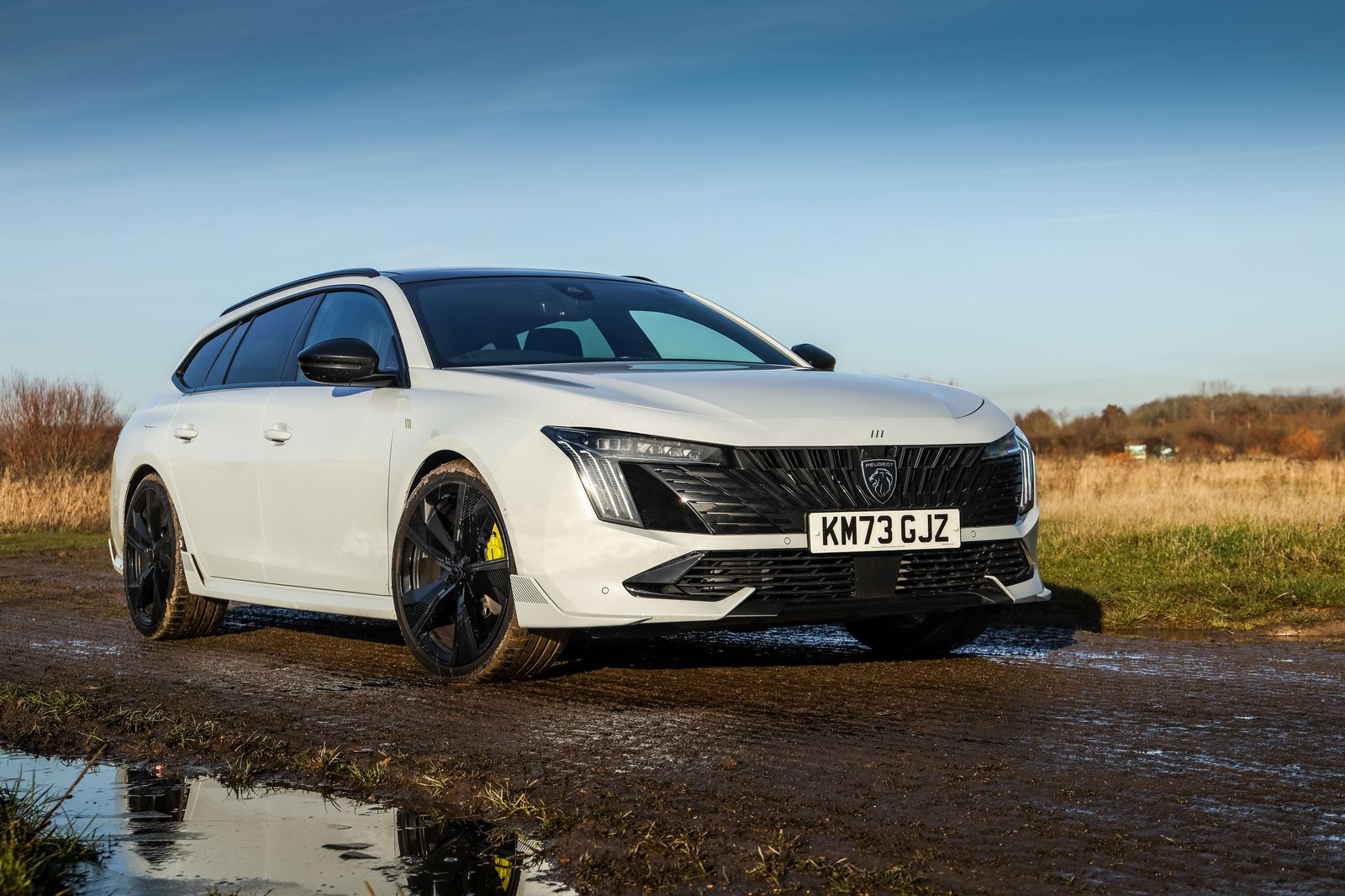
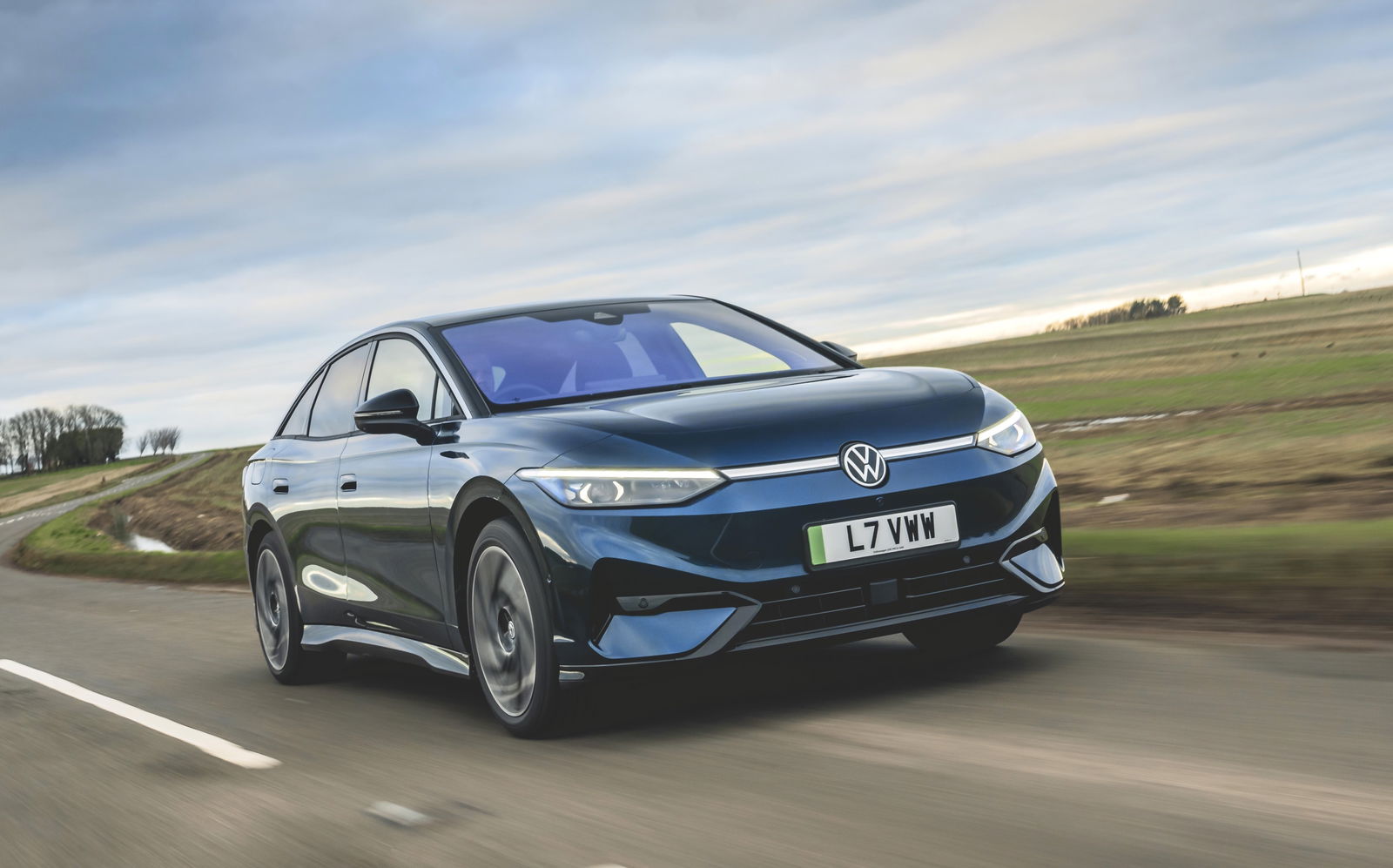

Comments